Batman: The Dark Knight Rises part 2
We’re still at the Dent-related function at Wayne Manor, and there are still characters scurrying around to meet. John Daggett is some level of businessman, disliked by Alfred and apparently by Miranda Tate as well, a dissolute lout who opines that Bruce Wayne pounced off with his investors’ money with his “save the world” project, and offers to get Miranda her money back in his own way. Miranda, it seems, shares Bruce’s ideals and snubs Daggett. In keeping with the theme of deception, Daggett thinks Bruce has deceived his investors and Miranda thinks Daggett is deceiving her. Later, we will find that Miranda was deceiving everybody.
Now two more guys show up: Deputy Police Commissioner Peter Foley and “Congressman,” who is, apparently, a congressman. Foley and Congressman talk about Gordon behind his back: we hear from this chorus that Gordon’s wife has left him because of his preoccupation with crime-fighting (making him, like Dent, Daytime Batman, his obsession creating his isolation). Foley, we see, is an opportunist of the worst sort: it doesn’t even occur to him that he could take Gordon’s job until Congressman unctuously alludes to Gordon’s impending exit from the GCPD. Gordon, it seems, has done his job too well: by eradicating organized crime, he’s rendered himself obsolete. With the daring, and effective, Gordon out of the picture, the job, it seems, naturally falls to spineless opportunists like Foley, a yes-man for the political establishment. The world of municipal politics of The Dark Knight Rises might be rooted in fantasy, but it’s often examined with greater attention to detail than most political dramas, certainly greater than any other “comic-book movie.” As in The Dark Knight, Gotham City here feels like a real place, a real city run by real politics. Politics is foremost on Rises‘s mind, it’s almost a political drama masquerading as a superhero movie, Coriolanus in a cape.
Speaking of which, here’s our protagonist, Bruce Wayne, finally making an entrance, foiling Selina Kyle’s theft of Bruce’s mother’s pearls. Look how far Bruce Wayne has come in our cinematic vocabulary. Here he is, creepy, bearded and spectral. Imagine Adam West playing this scene. Bruce Wayne has never been portrayed this way before onscreen, weakened, wary and wry. We are reminded that the totality of Christopher Nolan’s Batman movies is a three-act drama: Act I, Begins, allows Bruce to destroy crime, Act II, Knight, allows crime to strike back, and ends with Bruce’s Act II low point, wounded, hunted and alone. Rises keeps those wounds and adds a new one, Bruce’s impending insolvency. If the story of Batman is the story of a man who creates a persona to bring balance to his world, Rises addresses the need for that man to shed that persona and finally face life, “billionaire playboy” being just as much a persona as the brooding lonely Batman.
Selina Kyle, of course, is the perfect tool to enable this change: a boy can’t be a man until he loves a woman. Batman, more than any other superhero, is arrested in a state of preadolescence, he’s still there at his parents’ sides as a helpless, angry eight-year-old. He works out and builds gadgets and makes plans and fights bad guys, but he’s still a boy, forever forstalling manhood, always ditching the girl and retreating to his cave to concoct his fantasies of power and righteousness. As long as Batman remains alone, he will always be pure, he will never suffer the compromise — the loss of self — of romance. Selina, being a thief, isn’t merely a romantic compromise, she’s also an ideological one as well.
Bruce is impressed by Selina’s thieving skills: his safe, he says, is uncrackable. (No one will ever get to him, until someone does.) Selina, the minx, kicks his cane out from under him (no metaphor there, certainly), leaps out the window, ditches her maid outfit and hops in Congressman’s car.
The party is over but there are still more characters to meet! Here’s John Blake, a dedicated cop, reporting to Gordon on the roof of the MCU, where the rusted Batsignal gathers cobwebs. Blake, like Gordon, is obsessed with the Batman. Gordon’s tales about the night Dent died don’t sit well with Blake, he knows that this peace is based on lies, starting with the central lie of the whole narrative: a man who wears a disguise to reveal the truth. Blake, we will learn, already knows who Batman is, and it’s a tribute to both the screenplay to Rises and Joseph Gordon-Levitt’s performance that we accept that he could figure out Batman’s identity but Gordon, who met regularly with Batman for the length of his career, hasn’t got the faintest idea.
Back at the Batcave, Bruce bones up on Selina, expressing his interest the only way his persona will let him: as a detective. He couldn’t be interested in her romantically, no, that would be gross, but as a detective, yes, as a detective his interest is boundless. He learns that Selina wasn’t there to get Bruce’s mother’s pearls, no — she was there to get his fingerprints, his fingerprints, his very identity. This is, of course, Bruce’s primal terror, the one he has used all the weapons at his disposal to prevent. He shares it with Cinderella, the terror that someone will find out who he is. The Bruce/Selina relatioship in Batman Returns toyed with persona and the barriers we put up to protect ourselves from the penetration of love (see also the Xavier/Magneto relationship of X-Men: First Class), but Rises puts it front and center: in order to protect his secret, Bruce must risk revealing himself to a woman. Alfred, loyal Alfred, Batman’s sexless Jiminy Cricket, correctly sees this as Bruce’s central problem. The problem isn’t the death of Bruce’s parents or the death of Rachel Dawes or the rampages of the Joker, the problem is the same one any boy faces: stop playing superhero and compromise yourself, or you will live arrested and die alone.
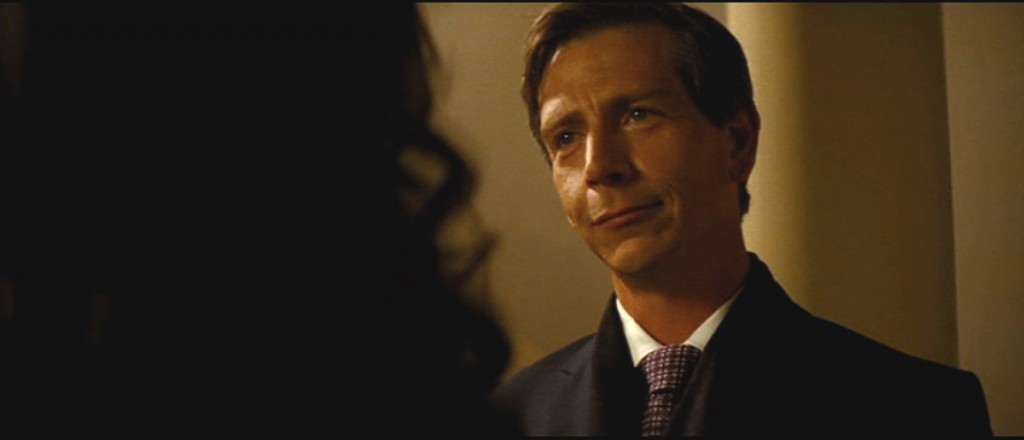
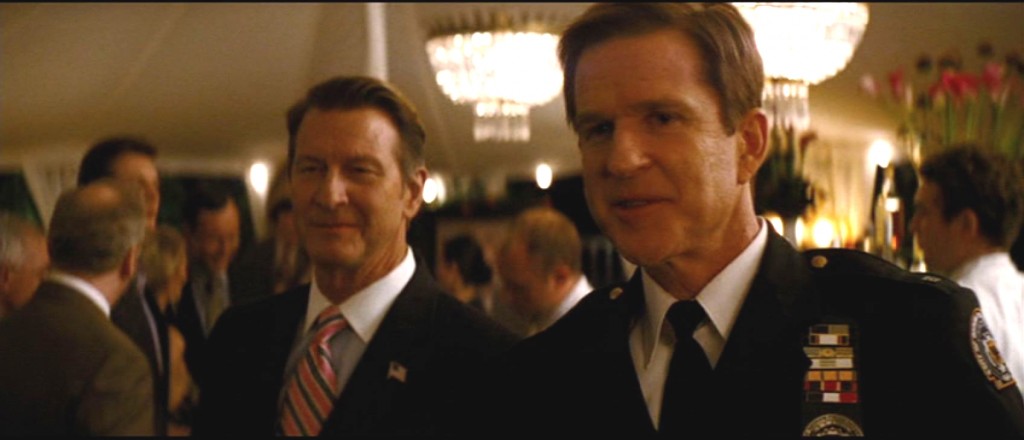
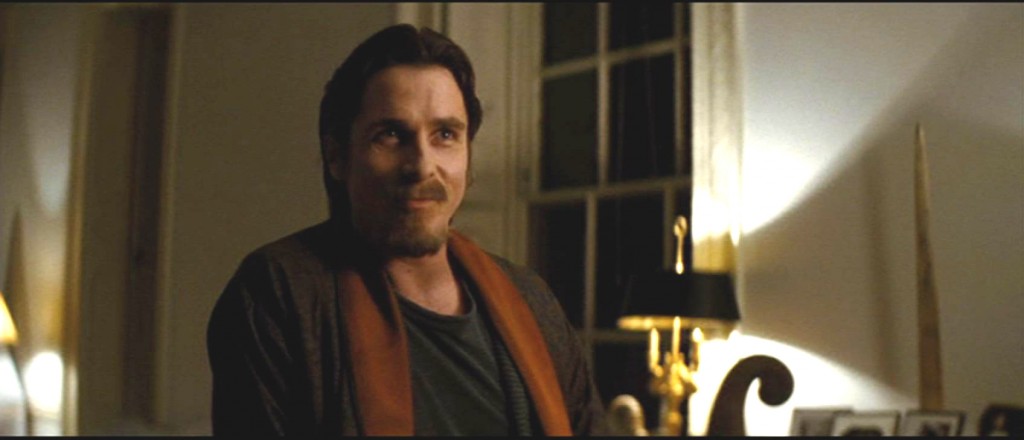
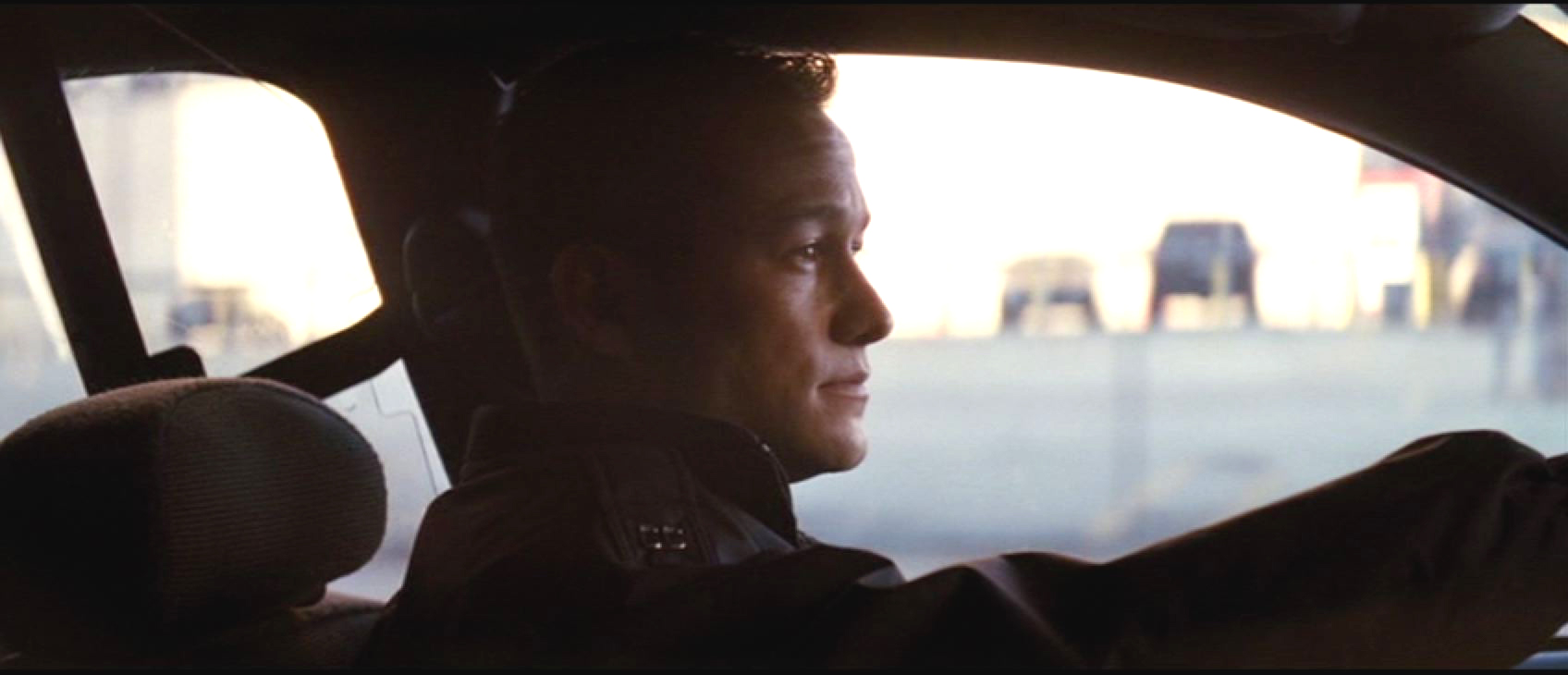
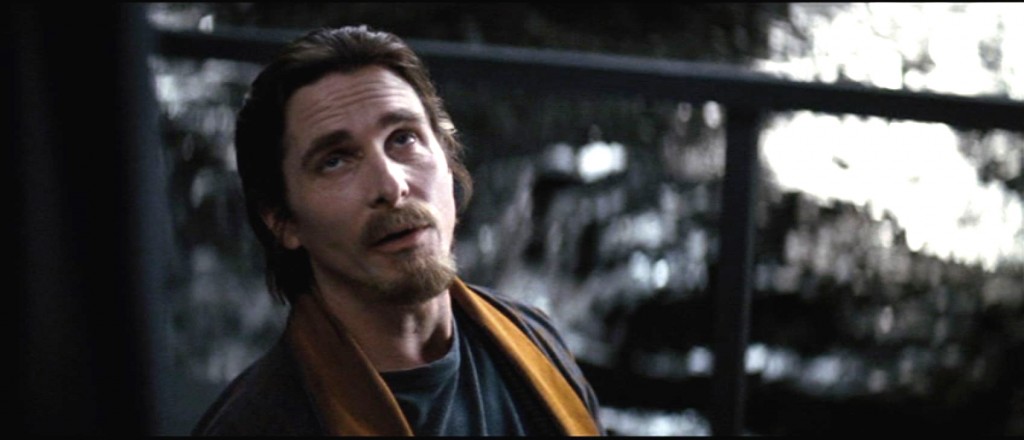
I remember being dismayed when I heard Anne Hathaway had been cast. Not because I dislike her as an actress (I think she’s great), but I thought she would be a terrible Catwoman. As it turns out, that was only because the sole example I had to compare her to was Michelle Pfeiffer’s version — and yes, Hathaway would have been a terrible Pfeiffer!Catwoman. But she’s in a different movie, with a different vibe, and I thought she did very well with the part.
The three-act structure of the films is why, after my first watching of TDKR, I turned to my husband and said, “That is what sticking the landing looks like.” I much prefer this sort of thing, a structured, closed-end arc, rather than an ongoing episodic story without any particular shape. As far as I’m concerned, they can go on and do some John Blake Batman movies (Robin picking up the cape without ever having been “Robin”?), but Bruce Wayne is done. And that is vastly more satisfying to me than DC’s never-ending near-stasis.
More to the point, the never-ending arc means that the protagonist cannot develop beyond a certain point, which is the central problem of adapting comics to the screen, you’re taking characters who cannot change and putting them into a form where they must.
Well, there have been movies (or even movie series) where the protagonist doesn’t really change. But of course that isn’t ideal, especially for today’s audiences. And near-stasis is one of the major reasons why I’ve never really gotten into superhero comics: it tends to make events along the way feel meaningless.
The key player in the “protagonist doesn’t change” stakes is James Bond, which is exactly why we place Bond movies in a separate category from other movies, even other spy movies. Bond movies, to me, feel like Elvis movies — they’re pageants, entertainments. Bond and Elvis aren’t our protagonist, they’re our host, our master of ceremonies.
Like Tintin leading Haddock around so that Haddock can grow. (Or like Fury leading the Avengers together so that they can change?)
Conversely-wise, I find comics as mythology fascinating for the very reason that the characters evolve over time. But not as a story arc, I’ll grant.
“Rises keeps those wounds and adds a new one, Bruce’s impending insolvency.”
I have to say that storylines in which Bruce Wayne faces the loss of his money never have much in the way of dramatic stakes for me. Bruce comes across as so resourceful and capable that he only seems to care about money to improve his ability to be Batman. (Nolan’s Bruce Wayne hitchhikes across the world and lives as a drifter in the early scenes of BATMAN BEGINS.) If he had no money, he’d just get a job that wouldn’t interfere with his crime-fighting duties and beat up bad guys in a more low-tech fashion.
Tony Stark, on the other hand, would face a much greater challenge without access to his equipment, power sources, computers, etc.
I reread Todd’s BATMAN BEGINS and DARK KNIGHT analyses, and it struck me that both films feature crime-fighters on three fronts: the (honest) police, represented by Gordon; the courts, represented by Rachel Dawes and Harvey Dent; and the weird vigilante with paramilitary gear and ninja training. RISES seems to stray from this pattern: it has Batman/vigilante and Gordon/police, but no “court” characters. Maybe that implies that courts are now compromised due to the Dent Act. (There’s obviously a darkly comic perversion of the court system coming later in RISES.) So is there another third element, and if so, represented by whom? Blake seems clearly among the police and is set up as the replacement for at least one of the major characters.
Could the third element in RISES be ‘concerned citizen?” Bruce enlists two of them (with mixed success) to his cause, both women: seemingly progressive corporate leader Miranda Tate and cat burglar Selina Kyle. Selina in particular seems to be close to a citizen-activist — if memory serves me right, she seems sympathetic to Occupy Movement-style rhetoric. RISES clearly has something on its mind involving individual citizens vs. mobs, the haves vs. the have-nots.
All three movies have “the people” as a vital part of the narrative. I can’t speak for the writers, but I don’t think of the “court” characters as third parties exactly, they’re just aspects of Bruce — trying to do the same thing he’s doing, just by different means.
I completely bought Blake revealing that he knows Bruce is Batman. I’ve heard from many that thought it was a stretch. But I think they are taking the scene a bit too literally. The connection Blake spells out in that scene between himself and Bruce is that they are both orphans. I don’t think merely that fact and Blake seeing a certain face Bruce had led him to think he was Batman. I think it makes him suspicious. And the fact that he is inquisitive, like Bruce, led him to think about it some more. Once you’re there, I don’t think it’s a leap to conclude that Bruce Wayne could be Batman. How many other people could it be? And once you’re there, and you’ve confronted your suspect about it and he doesn’t outright deny it (Bruce largely just stands there and lets Blake tell his story and accuse him of being Batman), you have your answer.
Gordon doesn’t have the faintest idea who Batman is because he never cared. He never even really questioned it. He chases Bruce after he makes his first contact with him in his office. But if I’m remembering correctly, Gordon never really challenges the very idea that this vigilante dressed as a bat should be doing what he’s doing. It’s only when Batman faces certain death that he starts to care. And even then it’s only because he wants someone to get credit for risking his life and dying in order to save the city.
I wish the scene played out a little more like you said.That Blake’s gut told him that Bruce was Batman, but he also did investigating over the years to confirm his instincts. The scene does feel a little too much like “orphan=Batman”.
As for Gordon, I think this is a case of “don’t look a gift horse in the mouth”. Gordon had to spend over a decade with rampant crime and corruption, and he is finally given a life line when the Batman shows up. Gordon respects what the Batman has done. Investigating his identity would be a betrayal of trust. Blake, on the other hand, hasn’t seen Gotham at its worst, so the Batman would be a mystery to be solved, rather than a light in the darkness.